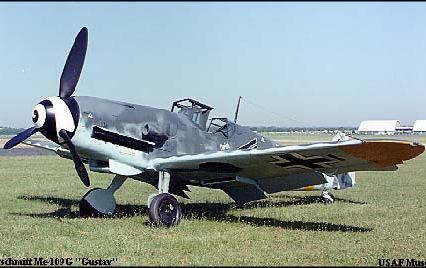GERMAN AIRBORNE OPERATIONS IN WORLD WAR II
AvStop
Magazine Online
GERMAN AIRBORNE OPERATIONS IN WORLD WAR II
|
The Germans carried out airborne operations on a large scale only twice in World War II; once in May 1940 in Holland, and again in May 1941 in connection with the occupation of Crete. Accordingly, German experiences are based in the main upon these two operations which took place during the first years of the war and which constituted the first large-scale airborne operations in the history of warfare. Although there were no
other major airborne operations launched by the Germans, the German
command, and in particular the parachute units which continued
to be further improved during the course of the war, seriously
concerned themselves with this problem. Two other cases are known
in which plans and preparations for large-scale airborne operations
progressed very far, namely, the intended commitment of parachute
troops as part of the landing in England (Operation SEELOEWE)
in 1904, and the preparations for the capture of the island of
Malta in 1942. Neither of these plans was carried out.
| 
|
Airborne operations on a smaller scale were carried out against
the Greek island of Leros in 1943 and during the Ardennes offensive
in 1944. The experience of minor operations such as these, as
well as the trials, tests, and research done by the airborne troops
during the war, are also discussed in this study.
The problems encountered in German airborne operations have been
divided into three categories:
- Planning airborne operations from the point of view of the
higher command, designation of objectives for air lands, and cooperation
with ground troops, the Luftwaffe, and the naval forces;
- Actual execution of an airborne operation; the technique and
tactics of landing troops from the air; and
- Organization, equipment, and training.
In addition, a number of specific points and recommendations have
been attached in the form of a appendix contributed by Col. Freiherr
von der Heydte, who may be regarded as the most experienced field
commander of German airborne troops.
In every air landing there are two separate phases. First the
strip of terrain must be captured from the air; that is, an "airhead"
must be established. This airhead may, or may not, include the
objective. Second, the objective of the air landing must either
be captured or held in ground battle. The second phase is similar
in nature to conventional ground combat, if we disregard the method
used to transport the troops and the factors of strength and supply
which are influenced by the circumstances that all communication
is by air. The first phase, however, has new and unique characteristics.
Troops committed during the first phase require special equipment
and special training. In limited engagements such troops can also
carry out the missions connected with the second phase. For large-scale
operations regular ground troops will have to be used in addition
to special units. These ground troops need equipment modified
to fit the conditions of air transport.
In recognition of these factors the Wehrmacht (German Armed Forces)
had taken two steps even before the war. In the 7th Airborne Division
of the Luftwaffe, a unit had been created whose mission it was
to capture terrain by parachute jumps and landing troop-carrying
gliders. An Army unit, the 22d Infantry Division, had been outfitted
for transport by air and given the designation of "Air Landing
Division."
Both of these units were committed during the first great air-landing
attack in Holland in 1940, at which time the 22d Infantry Division
had to be reinforced by elements of the 7th Airborne Division
to capture the initial airhead. On the other hand, smaller missions,
such ass that to capture Fort Eben Emael, were accomplished by
troops of the 7th Airborne Division without assistance from other
units. During the attack on Crete a year later, it was impossible
for the airborne troops to achieve a victory alone. It was only
when Army units transported by air had arrived that progress was
made toward capturing the island. Since it had not been possible
to transport the 22d Infantry Division to Greece in time, the
5th Mountain Division, already in Greece, had to be employed,
a measure which proved to very successful. Preparations lasting
approximately one month were sufficient to prepare the division
for the new assignment. The special equipment of the mountain
troops was suited both for transport by air and for commitment
in the mountainous terrain of the island.
